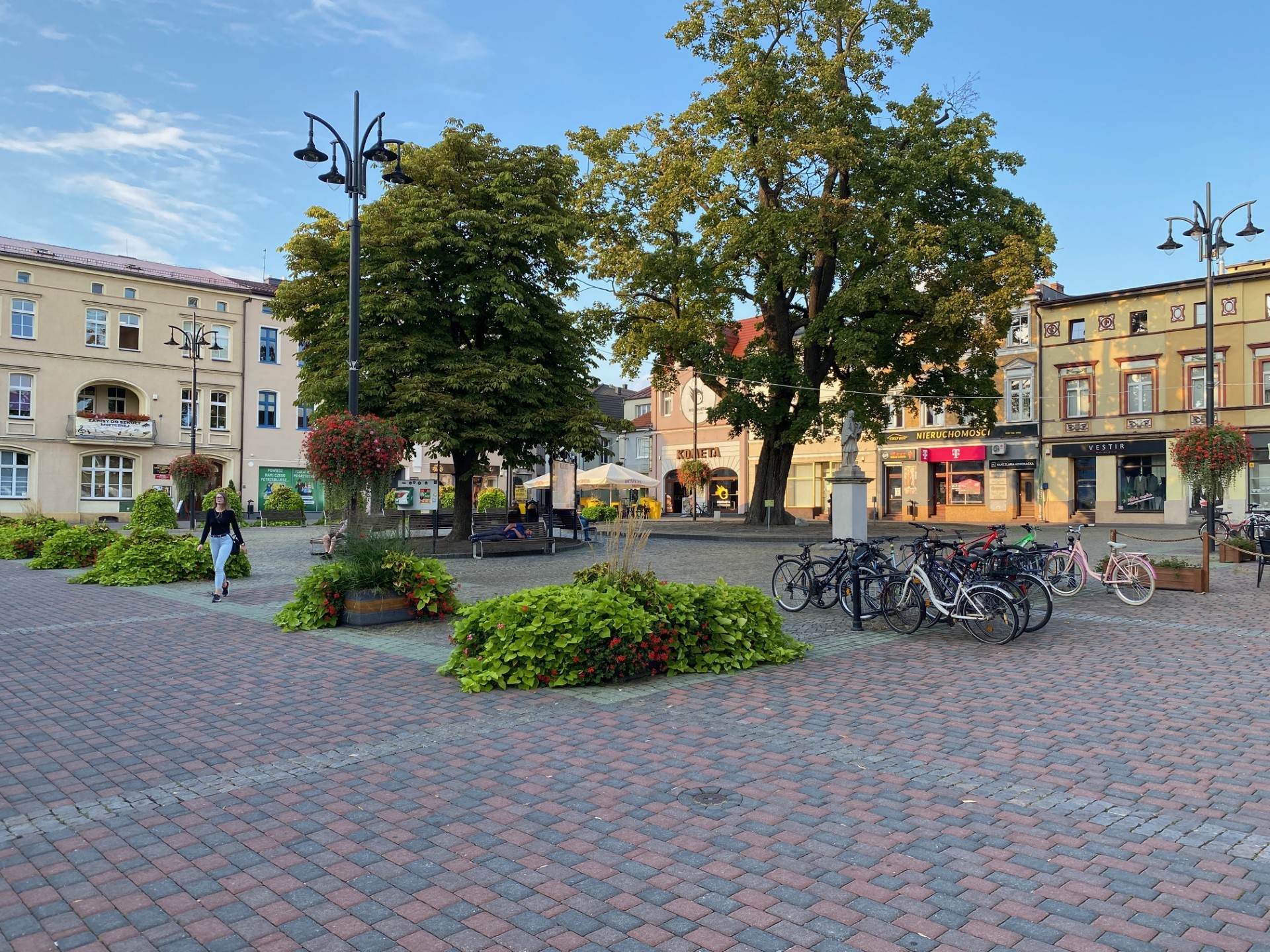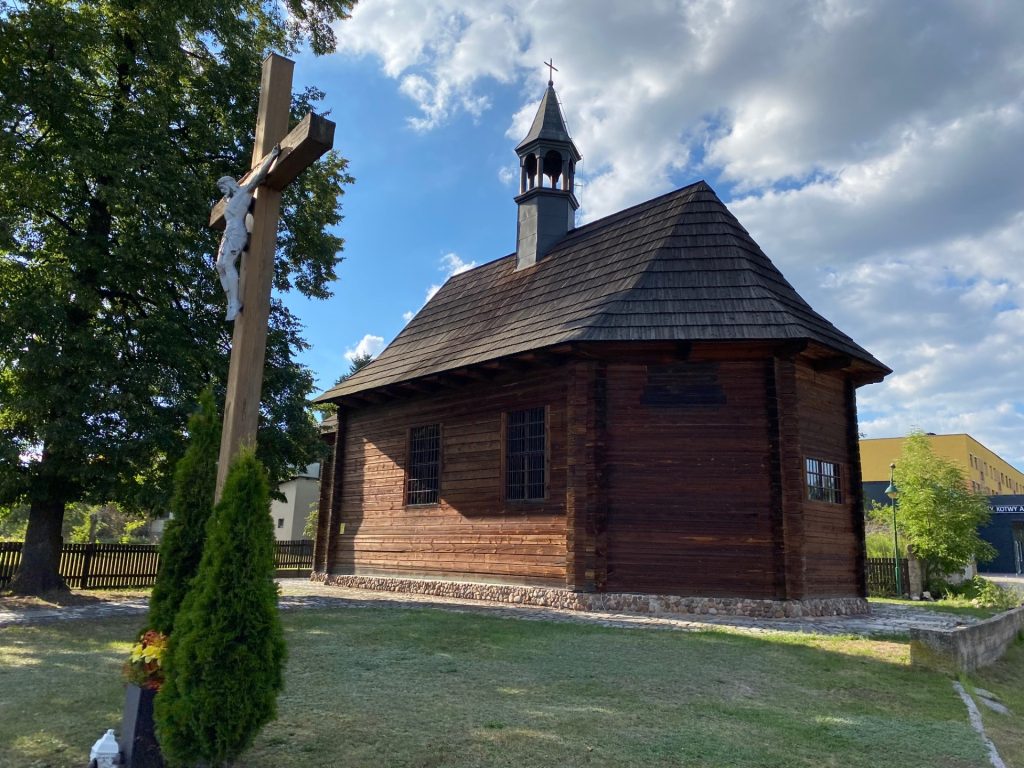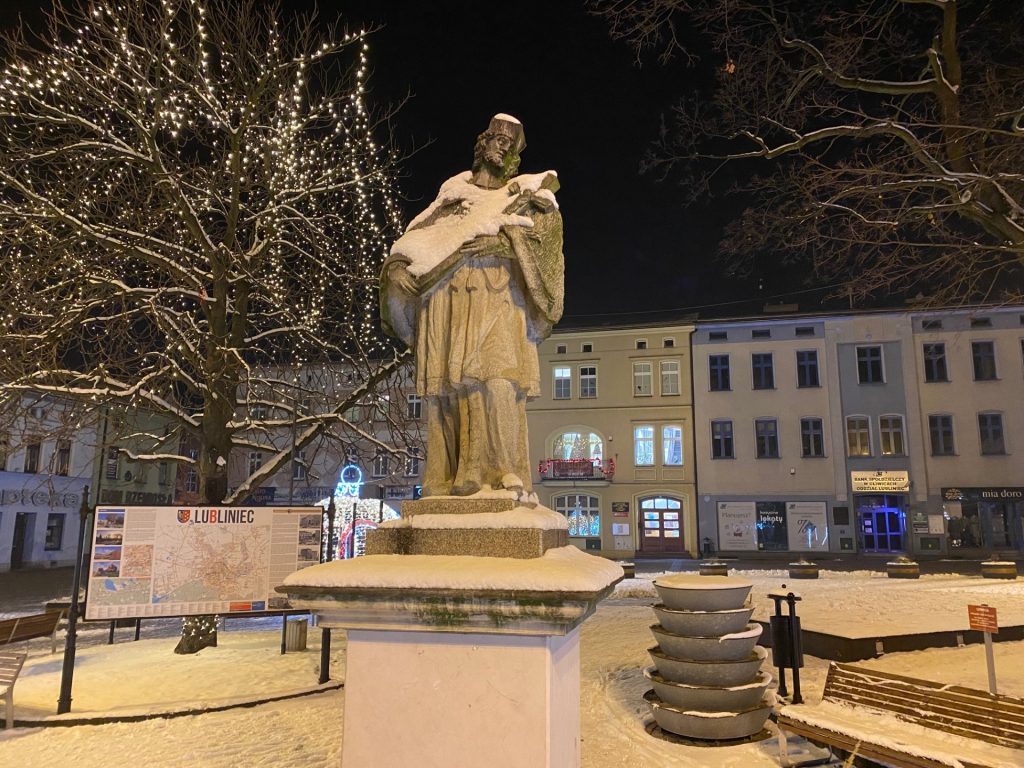
Lubliniec
History of the city reaches 1272, when Silesian Prince Władyław Opolczyk built his hunting castle and a chapel. Legens has it that the Prince, who very often visited the region for hunting purposes, sat under a tree and with words full of positive emotions uttered ”I like being here” (which in Polish “Lubi mi się tu być” gave the ground for the name of Lubliniec). As it happens, also one of seven rivers and steams which flow in their slow currents through the land is called similarly to the city’s name as Lublinica. The city is surrounded by beautiful forests, which were acquired by the city almost 250 years ago (in 1776) and since then this environment played important role for local inhabitants.
Not only because of its natural and architectural beauty, but also by being an important transport hub (located at the intersection of the Opole – Częstochowa and Poznań – Katowice routs) is the city easily befriended. Lubliniec highlights in the region by its educational, cultural and economic centre, with known neuropsychiatric hospital, Castle, Military Commando Unit, folklore ream “Śląsk” and many many more. Lubliniec has partnership agreements with Łowicz and Reda (Poland) and Hungarian Kiskunmajsa, the Czech city of Kravare and Spanish Teruel. At the time being, the city has 19 districts and housing estates, that are inhabited by 24 000 people. Lubliniec has its own patron, which is St Edith Stein, who as a child often visited and played on the city square while visiting relatives, which fact now is commemorated in the city square fountain. Also among distinguished people, that are linked with the city is dr Johannes Bednorz – an outstanding scientist – mineralogist, who won the Noble Prize in Physics.


